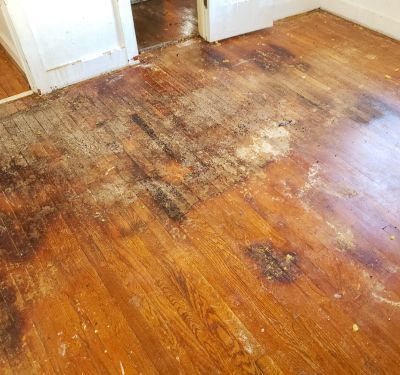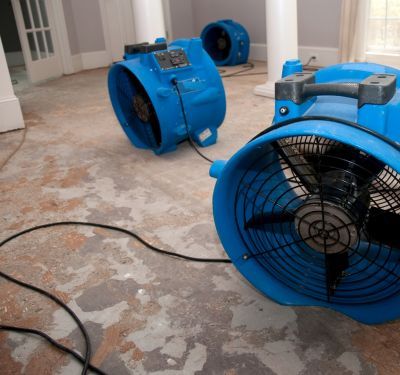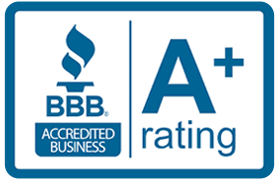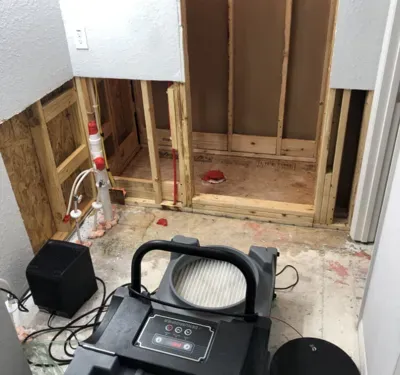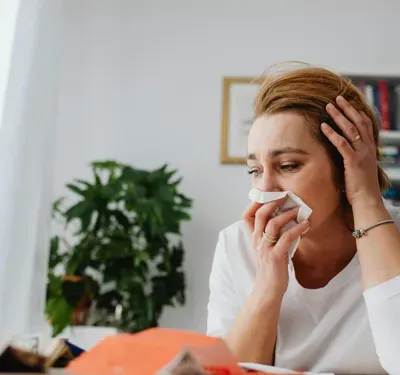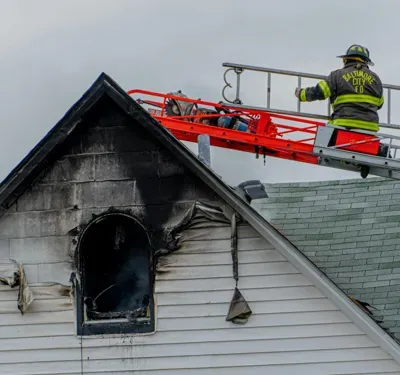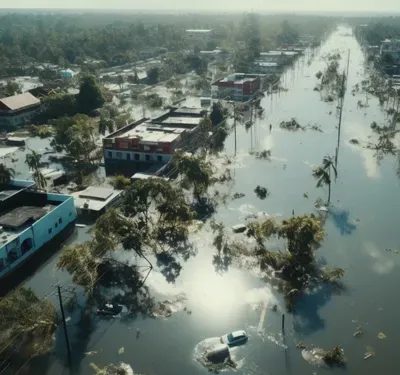Why DIY Mold Removal Can Lead to Bigger Problems
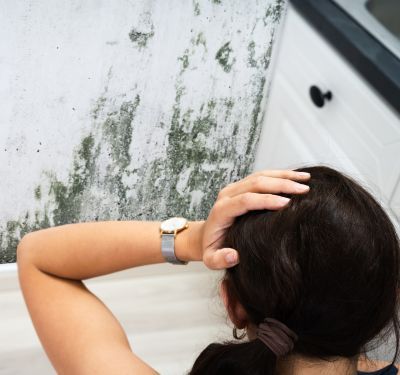
Mold is a common issue in many homes and commercial spaces, especially in areas prone to moisture and humidity. While the idea of saving money by tackling mold removal yourself may seem appealing, DIY mold removal can often lead to bigger problems down the line. The process is more complicated and risky than many people realize. In this blog, we’ll discuss why mold remediation should always be left to the professionals, highlighting the risks and common mistakes that can occur during DIY mold removal. We’ll also explore the hidden dangers of inadequate mold cleanup and why you should trust the experts at Tampa Emergency Restoration Pros for safe and effective mold remediation.
Understanding the Risks of DIY Mold Removal
When it comes to mold removal, many homeowners think they can handle the task with basic cleaning supplies and some elbow grease. However, DIY mold removal often comes with serious risks that can make the problem worse. Mold is not just a surface issue; it can penetrate deep into walls, floors, and other materials. Without the proper tools and techniques, DIYers can fail to remove the mold completely, leaving behind hidden spores that can spread and cause further damage.
One of the most significant risks of DIY mold removal is the potential for mold spores to be released into the air. As mold is disturbed, spores can become airborne, spreading the problem to other areas of the home. If you don’t have the right protective gear or equipment to contain the spores, the mold problem can quickly grow beyond what you initially encountered.
Why Mold Remediation Requires Professional Expertise
Mold remediation is a highly specialized process that requires professional expertise to be done safely and effectively. Certified mold remediation professionals, such as the team at Tampa Emergency Restoration Pros, have the knowledge and experience needed to identify the extent of mold growth, contain the spores, and properly remove the infestation. Here’s why professional mold remediation is essential:
- Thorough Inspection and Assessment: Professionals are trained to recognize signs of hidden mold that may not be immediately visible. They perform thorough inspections to assess the full extent of the mold growth, including areas behind walls, under floors, and in ducts, which DIYers may overlook.
- Proper Containment: Mold remediation experts use specialized equipment to contain the mold and prevent it from spreading during removal. This includes the use of plastic sheeting, air scrubbers, and negative air pressure systems, which DIYers often lack access to.
- Advanced Techniques and Tools: Professionals have access to advanced tools and technologies, such as moisture meters, infrared cameras, and air scrubbers, to locate and eliminate mold. These tools are crucial for identifying mold in hard-to-reach areas and ensuring complete removal.
- Health and Safety: Mold can present serious health risks, especially for individuals with allergies, respiratory issues, or compromised immune systems. Professional remediation experts use personal protective equipment (PPE) to safeguard themselves and others during the mold removal process, minimizing the risks of exposure to harmful mold spores.
Common Mistakes in DIY Mold Removal
When homeowners attempt DIY mold removal, they often make mistakes that can lead to more significant issues. These errors can result in incomplete mold removal, mold regrowth, or even health problems. Here are some common mistakes to avoid:
- Using Inadequate Cleaning Methods: Many people try to clean mold with household cleaners such as bleach, vinegar, or soap. While these may remove surface mold, they do not kill the mold spores or prevent them from regrowing. Mold removal requires more than just surface cleaning—it requires a deep and thorough treatment to stop mold from coming back.
- Not Addressing the Source of Moisture: Mold thrives in moist environments. DIYers often focus solely on removing visible mold without addressing the underlying moisture problem. Unless the source of moisture—whether it’s a leak, poor ventilation, or humidity—is addressed, mold will continue to grow and spread.
- Failing to Properly Dispose of Contaminated Materials: One of the most critical steps in mold remediation is the proper disposal of contaminated materials. DIYers often fail to properly seal and dispose of mold-infested materials, such as drywall, insulation, or carpeting, which can cause mold spores to spread to other areas of the home.
- Not Using Proper Protection: Handling mold without proper protection can lead to health problems. DIYers often neglect to wear personal protective equipment (PPE), such as gloves, goggles, and respirators, exposing themselves to harmful mold spores. Mold exposure can cause respiratory issues, skin irritation, and other health complications, especially for individuals with pre-existing conditions.
The Hidden Dangers of Inadequate Mold Cleanup
Even if you think you’ve cleaned up all the visible mold in your home, inadequate mold removal can leave behind hidden dangers that continue to affect your health and the structural integrity of your home. Mold is often more pervasive than it appears, spreading into hidden corners, behind walls, or under floors. Failing to clean these areas thoroughly can lead to:
- Mold Regrowth: Without the proper treatment, mold can regrow in the same spot. DIY mold removal often results in surface cleaning that fails to address the mold deeply embedded in building materials.
- Structural Damage: Mold can weaken the materials in your home, causing wood to rot and drywall to crumble. Over time, mold that’s not completely removed can lead to significant structural damage, costing you more in repairs.
- Health Hazards: Mold is known to release mycotoxins, which can cause a range of health issues, including allergies, asthma, and respiratory problems. If mold is not entirely removed, these toxins can remain in the air, leading to long-term health risks.
- Spread of Mold to Other Areas: Without proper containment, mold spores can spread throughout the home, creating new infestations in previously unaffected areas. What was once a small mold problem can quickly turn into a major issue that’s much harder and more expensive to fix.
Final Thoughts
DIY mold removal may seem like a cost-effective solution, but it often leads to bigger problems down the line. From incomplete removal to health risks, the potential consequences of DIY mold remediation far outweigh the short-term savings. For safe, effective, and long-lasting mold removal, it’s always best to rely on professionals like Tampa Emergency Restoration Pros.
Tampa Emergency Restoration Pros has the expertise, equipment, and experience to handle even the most severe mold infestations. If you suspect mold in your home or business, contact us today for a thorough inspection and professional mold remediation services. Protect your health, your home, and your peace of mind by trusting the experts to handle your mold removal needs.
FAQ’s
Why should I avoid DIY mold removal?
DIY mold removal can be risky because it often only addresses surface mold, leaving spores behind that can regrow. Without the proper equipment and techniques, you might inadvertently spread mold, creating a larger infestation.
What are the risks of mold exposure during removal?
Mold exposure can cause respiratory issues, skin irritation, and allergic reactions. Without the proper protective gear, DIY mold removal can expose you to harmful mold spores, especially if the mold is disturbed during the process.
What is the difference between DIY mold removal and professional remediation?
Professional mold remediation experts, like those at Tampa Emergency Restoration Pros, use specialized tools and techniques to locate hidden mold, contain spores, and eliminate the infestation thoroughly, ensuring no regrowth.
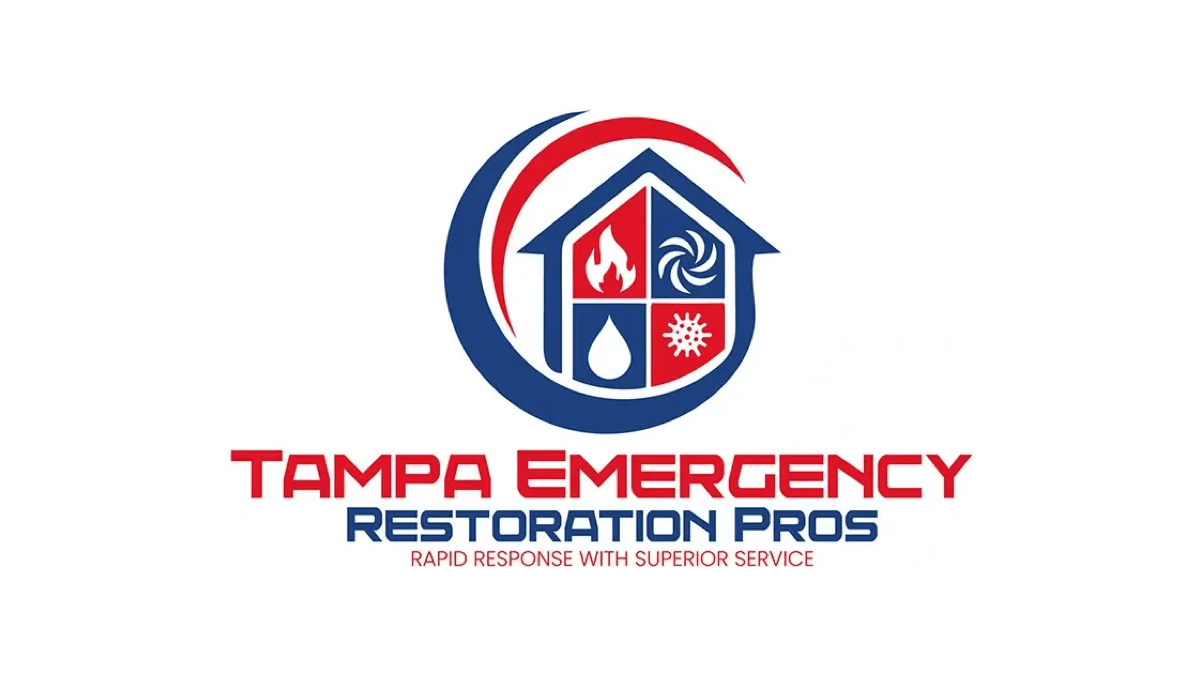
Other Blogs You May Be Interested In
Categories
